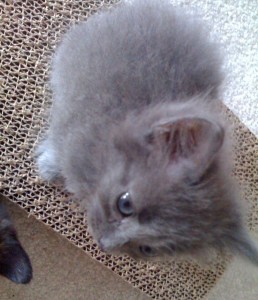I got this alert last night, and it may apply to myeloma patients who have had spinal compression fractures.
Balloon Kyphoplasty for Spinal Compression Fracture
At 1 month, kyphoplasty patients had significantly greater improvements in global quality of life, back pain, and function than did controls.
In vertebroplasty and kyphoplasty, two minimally invasive procedures for spinal compression fractures, cement is injected into damaged vertebrae to prevent further compression and to alleviate pain. In kyphoplasty, a balloon is inflated within the vertebra to restore normal height and shape, and cement is injected into the resulting cavity. Although both procedures have been in use for longer than a decade, few data support long-term safety and efficacy of either one. With funding from a kyphoplasty instrument manufacturer, researchers randomized 300 patients with one to three acute vertebral compression fractures (average duration, 6 weeks) to receive supportive care alone or supportive care plus balloon-assisted kyphoplasty.
When the groups were compared after 1 month of follow-up, kyphoplasty patients had significantly greater improvements in global quality of life, back pain, and function and reported significantly fewer days of restricted activity. During the next year, these differences between groups narrowed, with some (but not all) losing statistical significance. Adverse events were similar in the two groups, apart from two reversible perioperative complications and a nonsignificant trend toward more new vertebral fractures in the kyphoplasty group.
Comment: This nonblinded study provides additional evidence that kyphoplasty improves symptoms and function more rapidly than supportive management. Although short-term pain relief and earlier resumption of normal activities are important outcomes, more data on the long-term efficacy and safety of the procedure are needed. The authors of the current trial will collect another year of follow-up data, and other groups are conducting randomized studies to compare vertebroplasty to kyphoplasty or to sham procedures.
— Bruce Soloway, MD
Published in Journal Watch General Medicine April 7, 2009
Citations:
Wardlaw D et al. Efficacy and safety of balloon kyphoplasty compared with non-surgical care for vertebral compression fracture (FREE): A randomised controlled trial. Lancet 2009 Mar 21; 373:1016. [Medline® Abstract]
Kallmes DF and Jarvik JG. Spinal augmentation research: FREE at last? Lancet 2009 Mar 21; 373:982. [Medline® Abstract]
Copyright © 2009. Massachusetts Medical Society. All rights reserved.
The above message comes from “Journal Watch”, who is solely responsible for its content.


